Uzbekistan Pavilion 2023 to put the country's rich heritage centre stage
We follow the team behind the Uzbekistan Pavilion 2023 as the country prepares for its participation to this year's Venice Architecture Biennale
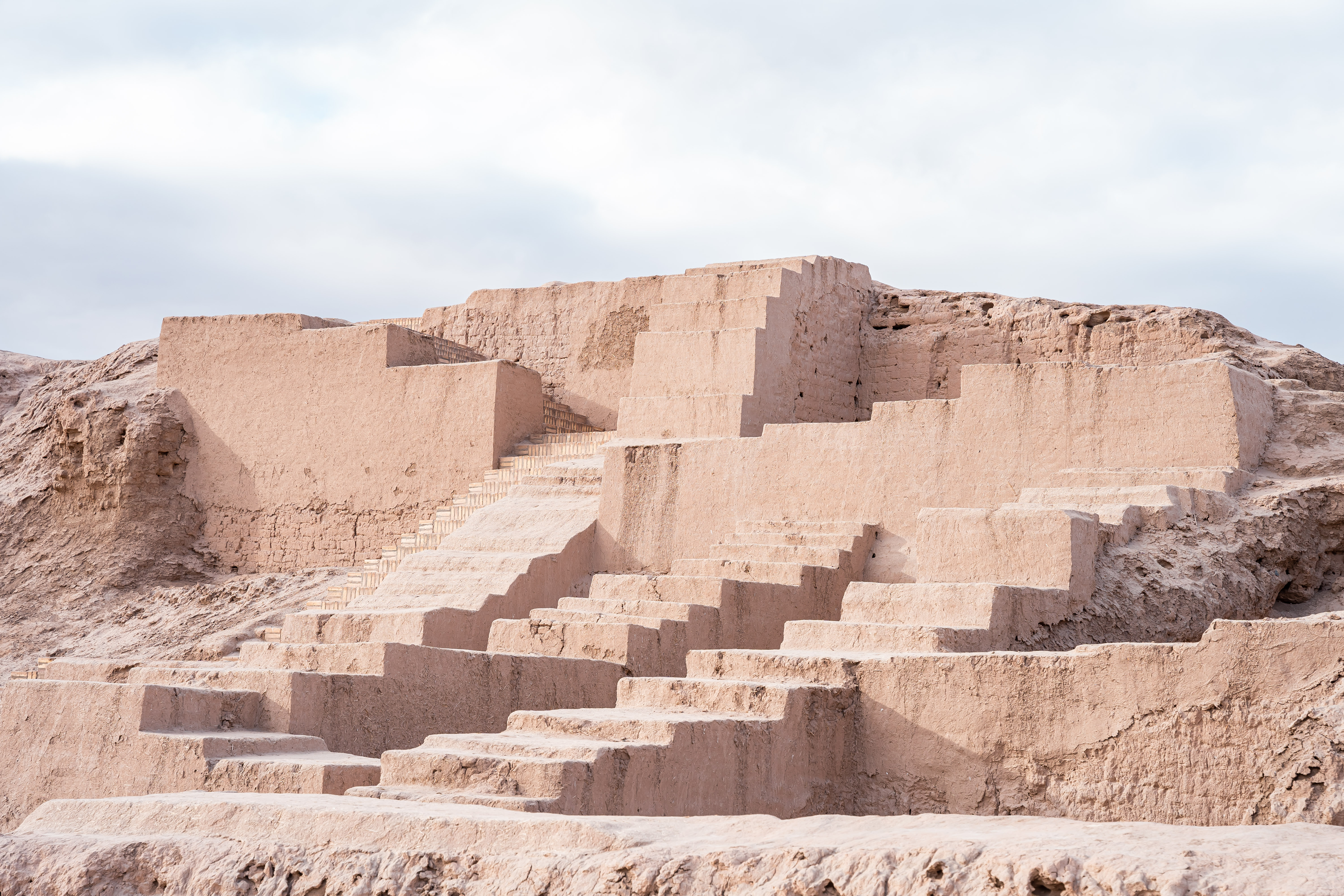
The Uzbekistan Pavilion 2023 places heritage at the heart of their contribution to the Venice Architecture Biennale. Its creators take their cues from the festival's overall theme, 'The Laboratory of the Future', as envisioned by curator Lesley Lokko, who imagines the exhibition as ‘a kind of workshop; a laboratory where participants and the audience imagine what the future can hold’.
Responding to this, The Art and Culture Development Foundation under the Ministry of Culture of the Republic of Uzbekistan (ACDF) in Tashkent has appointed French-Moroccan office Studio KO to curate their participation to the 18th iteration of the architecture biennale. The practice's previous involvement in Tashkent saw the transformation of a 1912 diesel station into the future Centre for Contemporary Arts (CCA) - the country's first contemporary art centre. It exemplifies the studio's ability to breathe new life into historic structures while preserving their essence.

Studio KO, the architectural firm behind the curation of the Uzbekistan National Pavilion at the 18th Venice Architecture Biennale
A preview of the Uzbekistan Pavilion 2023
Looking at Uzbekistan’s past, and in search of a shared future for its people, the pavilion - titled ‘Unbuild Together: Archaism vs. Modernity’ - will bring together a diverse group of curators, researchers, craftsmen, and artists to explore the ruins of the Qalas - the ancient fortresses of the Karakalpakstan region and the heritage of the Khorezm civilization.
Together, the team is exploring the different strata of the country’s architectural heritage as a potential resource for challenging mainstream concepts of construction and expression that are singular in output. Their work begins with an examination of the building block of Uzbek architecture; the brick. Seemingly singular as a unit, it symbolises the multiplicity and diversity of traditional construction through its infinite applications, both decorative and functional.
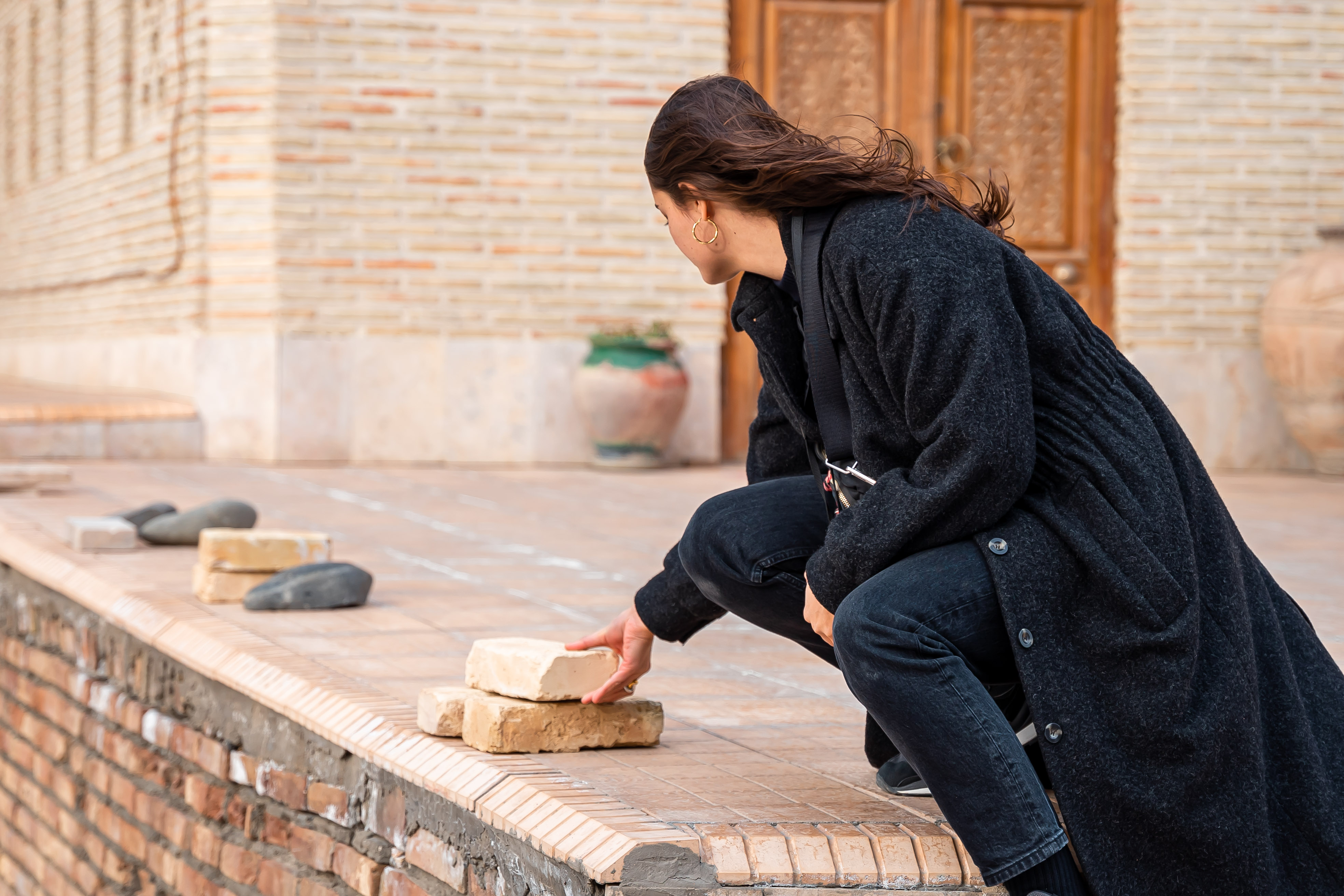
The ancient bricks of Khiva, which were used to construct the city's impressive fortifications and other buildings. Here, Curator Sophia Bengebara in Khiva.
Recognising that the history of a place cannot be narrated by a singular voice, the team is also incorporating a collaboration between students from Ajou University in Tashkent and Bukhara born artist Abdulvahid Bukhoriy. Trained in folk ceramic crafts and the fundamentals of both modern and traditional Uzbek ceramics, Bukhoriy has a particular interest in reviving the distinctive blue ceramics of Bukhara, a pottery tradition that has been forgotten for over a century and has now ceased to exist.
As part of the pavilion research process into re-imaging the potential for traditional earth bricks and glazing, the artist led a workshop with university students in Bukhara testing glazing transparencies on handmade bricks. This activity, coupled with a second workshop on site at Toprak Kala in Karakalpakstan, combined both the tactile quality of material research with the lived experience of the ruin; both of which will inform in a direct way the spatial and material expression of the pavilion.
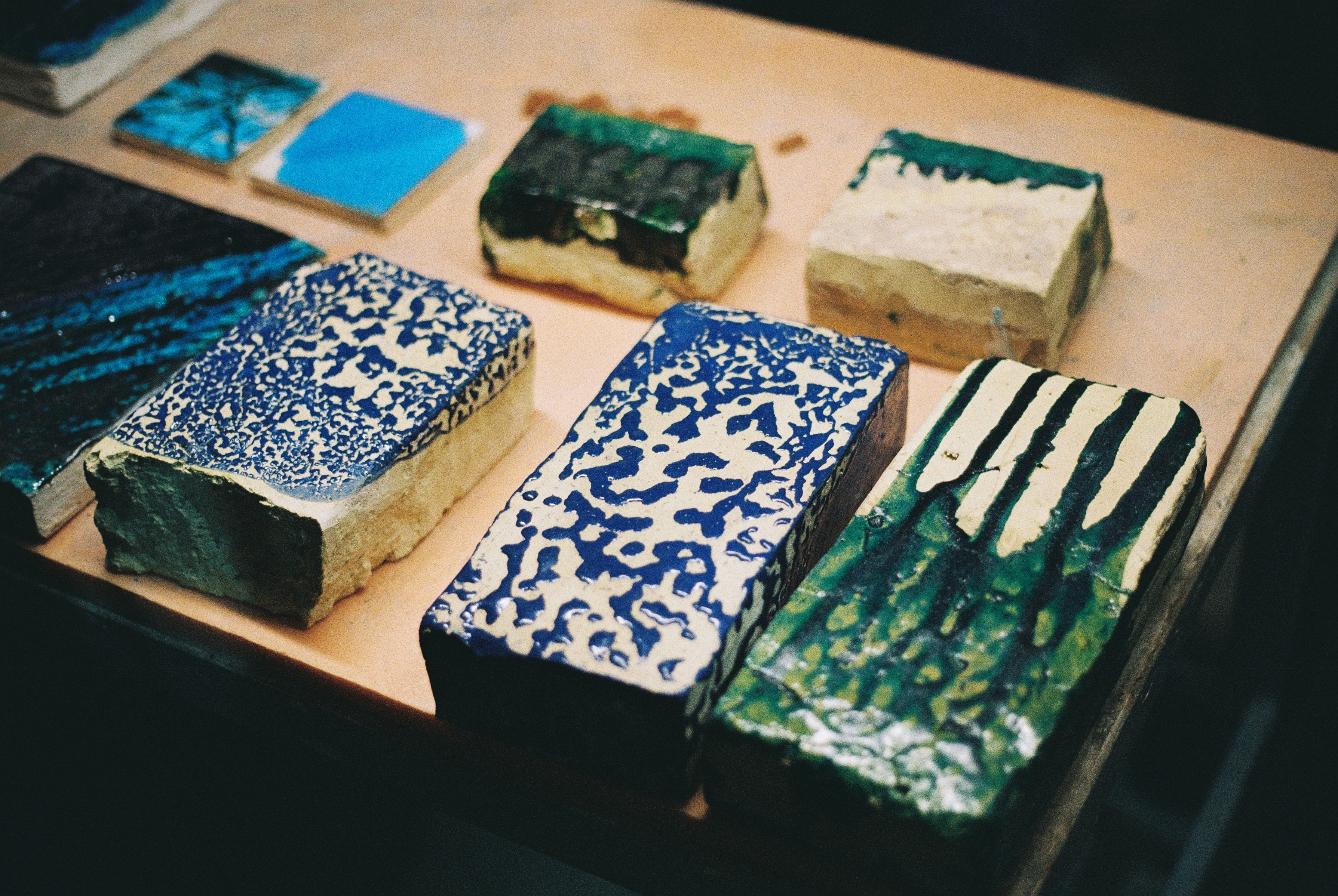
Uzbekistan National Pavilion, Ceramic and Brick Glazing Studio of ceramic master and Artist Abdulvahid Bukhoriy
'Participation is above all collaborative, placing the human being at the center of our approach. Through the exchanges between us and architectural students of Ajou University in Tashkent, craftsmen and associated artists, a collective proposal will emerge, leaving a place for the unexpected,' said Studio KO's founders Karl Fournier and Olivier Marty.
Receive our daily digest of inspiration, escapism and design stories from around the world direct to your inbox.
The proposed installation envisions the constructing of a labyrinthine journey offering visitors a poetic spatial experience reminiscent of the ruins. Its walls will be made of sustainable, locally made Venetian brick informed by the early contextual studies in Bukhara. This not only reduced the carbon footprint of the build, but is also a nod to historic ties between these geographic regions - the Silk Route ran past it in its journey from east to west, starting in China and concluding in Venice.
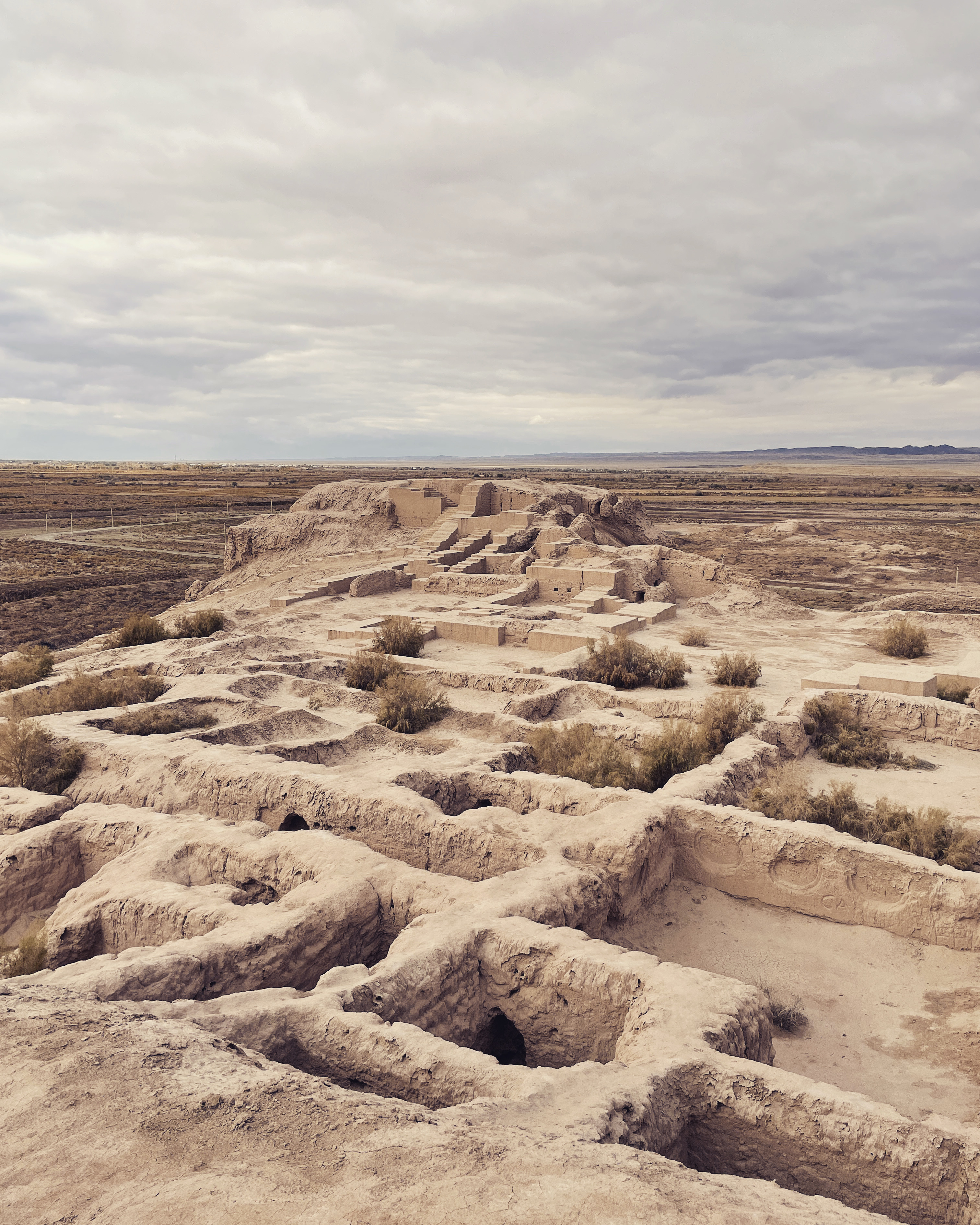
Uzbekistan National Pavilion, Toprak Kala view
‘The intent is to reveal the sedimentation of places, the orientation, to prolong the experienced history and its traces of former lives,’ added Fournier and Marty.
The pavilion's heart will offer space to showcase collaborators' work, including a film by director El Mehdi Azzam; and a scale model made by designer and model-maker Miza Mucciarelli. In this way the pavilion aims to shine a light on a host of characters, bringing previously unrecognised excellence to an international stage.
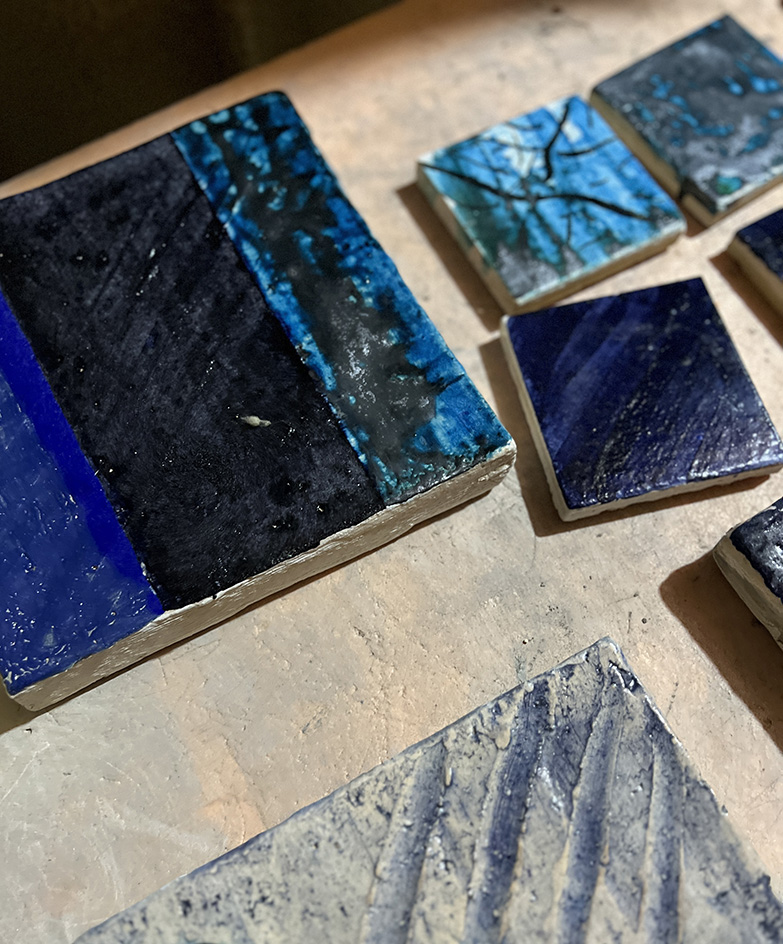
Workshop samples, Bukhara, Uzbekistan, 2023
By weaving together different strands of traditional construction using modern methodologies, 'Unbuild Together' hopes to present to the world a compelling narrative and presence for Uzbekistan’s rich, and to-date overlooked, heritage. More specifically, it will posit tangible ideas on how we can learn from tradition to inform building in a way that is representative of the richness of the human experience, and which addresses the fragility of our ecological condition.
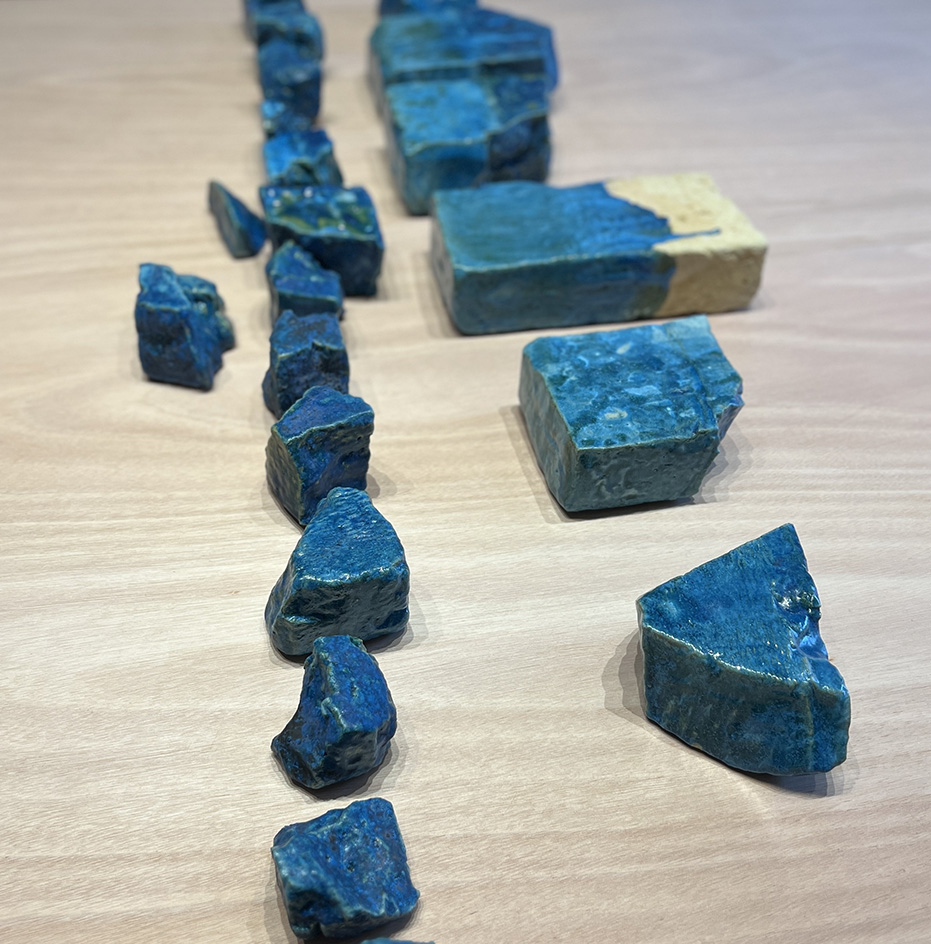
Glazed bricks, Bukhara, Uzbekistan, 2023
Marwa el Mubark is an Irish architect based in London. She is the co-founder of the research and design practice Saqqra and a lecturer at Kingston School of Art.
-
 This cult Los Angeles pop-up restaurant now has a permanent address
This cult Los Angeles pop-up restaurant now has a permanent addressChef Brian Baik’s Corridor 109 makes its permanent debut in Melrose Hill. No surprise, it's now one of the hardest tables in town to book
-
 French bistro restaurant Maset channels the ease of the Mediterranean in London
French bistro restaurant Maset channels the ease of the Mediterranean in LondonThis Marylebone restaurant is shaped by the coastal flavours, materials and rhythms of southern France
-
 How ethical is Google Street View, asks Jon Rafman in Copenhagen
How ethical is Google Street View, asks Jon Rafman in CopenhagenIn 'Report a Concern - the Nine Eyes Archives' at Louisiana Museum of Art, Copenhagen, Jon Rafman considers technology's existential implications
-
 Wang Shu and Lu Wenyu to curate the 2027 Venice Architecture Biennale
Wang Shu and Lu Wenyu to curate the 2027 Venice Architecture BiennaleChinese architects Wang Shu and Lu Wenyu have been revealed as the curators of the 2027 Venice Architecture Biennale
-
 Porsche and the Norman Foster Foundation rethink the future of mobility
Porsche and the Norman Foster Foundation rethink the future of mobilityA futuristic Venice transport hub, created with the Norman Foster Foundation for Porsche’s The Art of Dreams programme, is a star of the city’s Architecture Biennale
-
 Want to be a Venice pavilion commissioner? Bring ideas – and your Rolodex
Want to be a Venice pavilion commissioner? Bring ideas – and your RolodexThe impressive showings of the USA's Venice pavilion in the Giardini belie the ambitious fundraising efforts that underpin them. Past and present curators tell us how it works
-
 A mesmerising edition of The Dalmore Luminary Series is unveiled in Venice
A mesmerising edition of The Dalmore Luminary Series is unveiled in VeniceThe Dalmore Luminary Series sculpture No.3 by Ben Dobbin of Foster + Partners, co-curated by V&A Dundee, launches in Venice during the 2025 Architecture Biennale
-
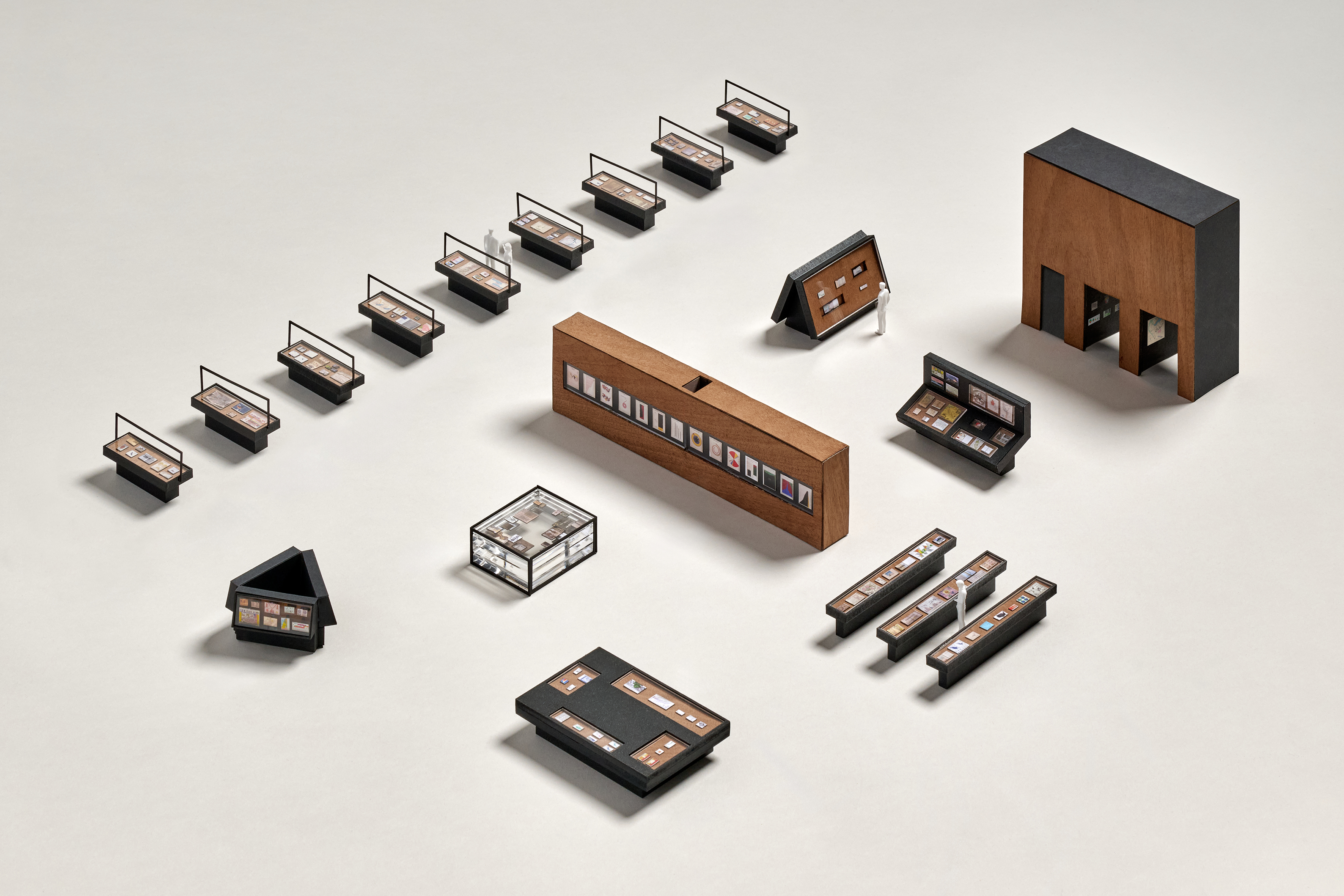 A love letter to the panache and beauty of diagrams: OMA/AMO at the Prada Foundation in Venice
A love letter to the panache and beauty of diagrams: OMA/AMO at the Prada Foundation in Venice‘Diagrams’, an exhibition by AMO/OMA, celebrates the powerful visual communication of data as a valuable tool of investigation; we toured the newly opened show in Venice’s Prada Foundation
-
 How was Carlo Ratti’s ‘Intelligens’? Wallpaper* editors discuss the 19th Venice Biennale
How was Carlo Ratti’s ‘Intelligens’? Wallpaper* editors discuss the 19th Venice BiennaleHaving visited ‘Intelligens’, the 19th Venice Biennale's main show by curator Carlo Ratti, the Wallpaper* editors discuss what they saw at the world's biggest global architecture festival
-
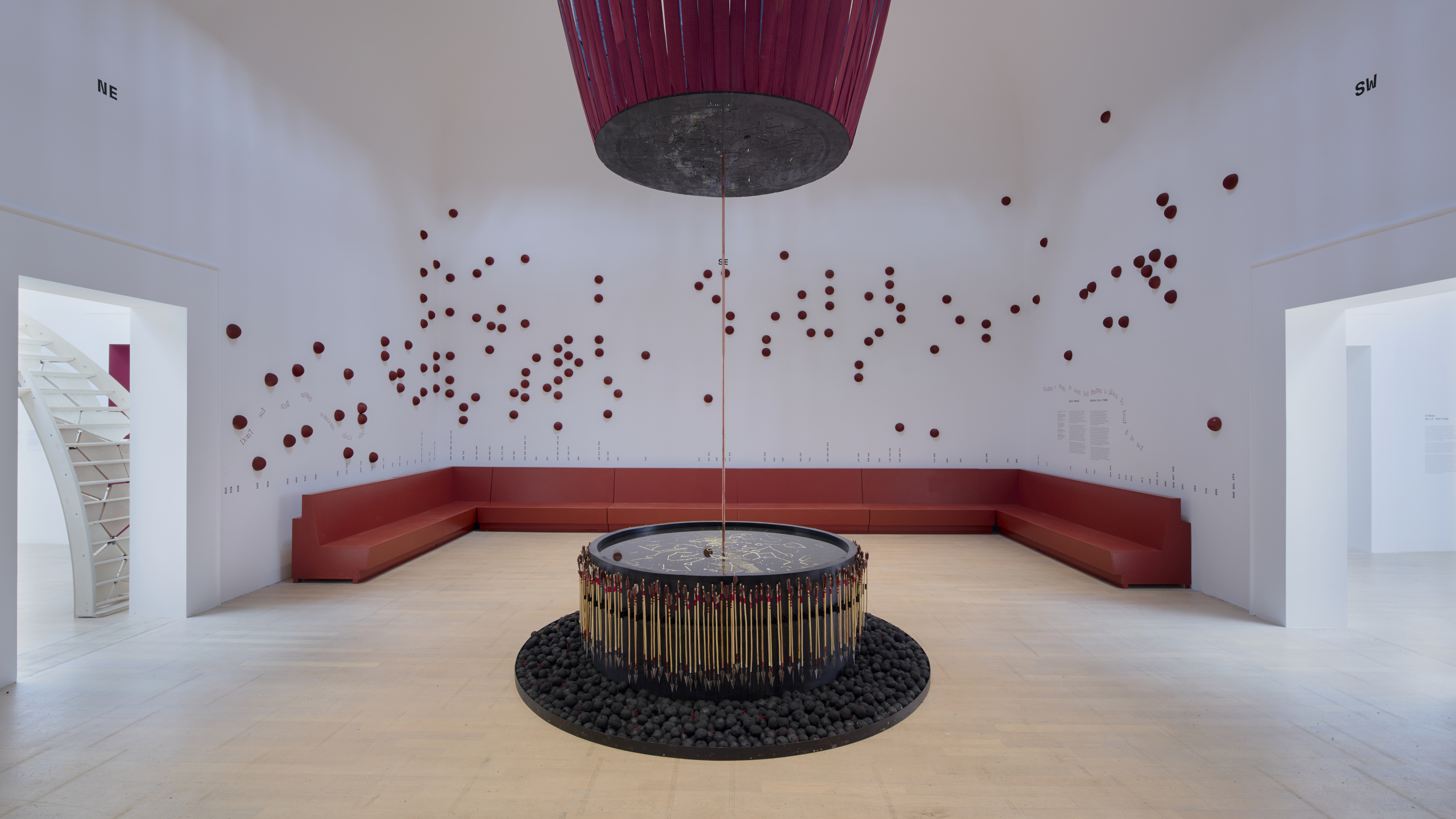 The 2025 British Pavilion in Venice offered up a Geology of Britannic Repair
The 2025 British Pavilion in Venice offered up a Geology of Britannic RepairThe 2025 British Pavilion in Venice is curated by an Anglo-Kenyan team of architects and designers; titled 'GBR: Geology of Britannic Repair', it explores the landscape of colonialism, its past, present and futures
-
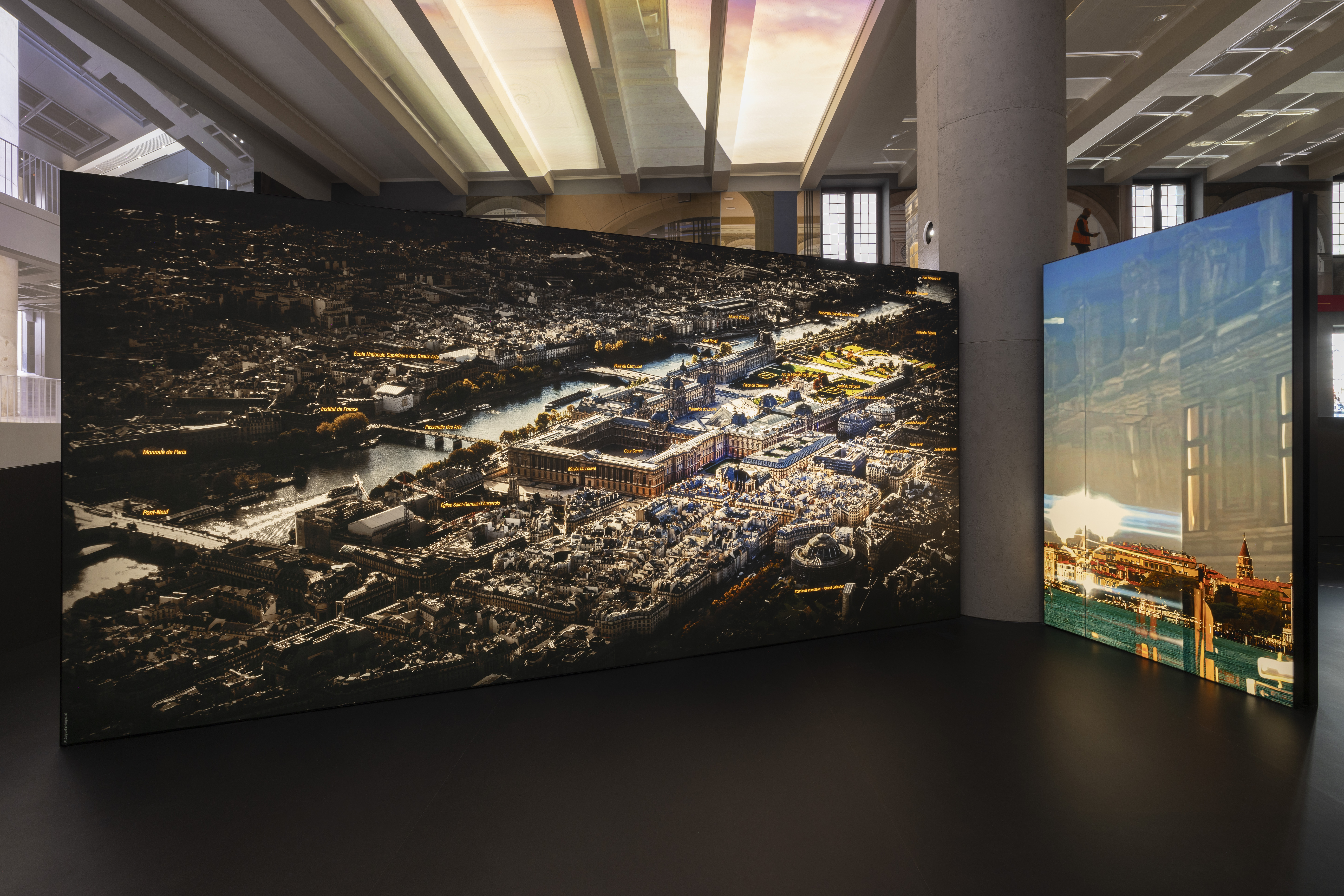 A Venice sneak peek into the new Fondation Cartier pour l’art contemporain by Jean Nouvel
A Venice sneak peek into the new Fondation Cartier pour l’art contemporain by Jean NouvelA new home for Fondation Cartier pour l’art contemporain by Jean Nouvel will open later this year in Paris; in the meantime, the Venice Architecture Biennale 2025 offered the perfect platform for a sneak preview of what's to come